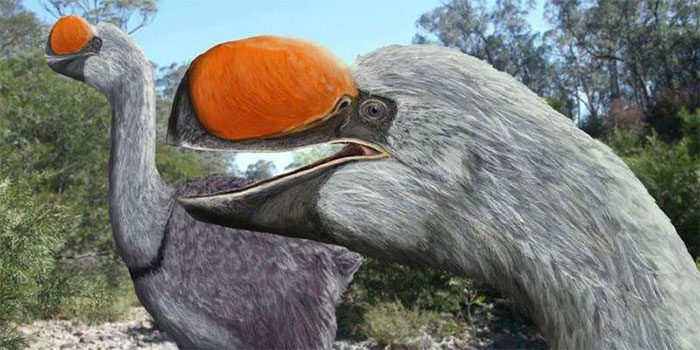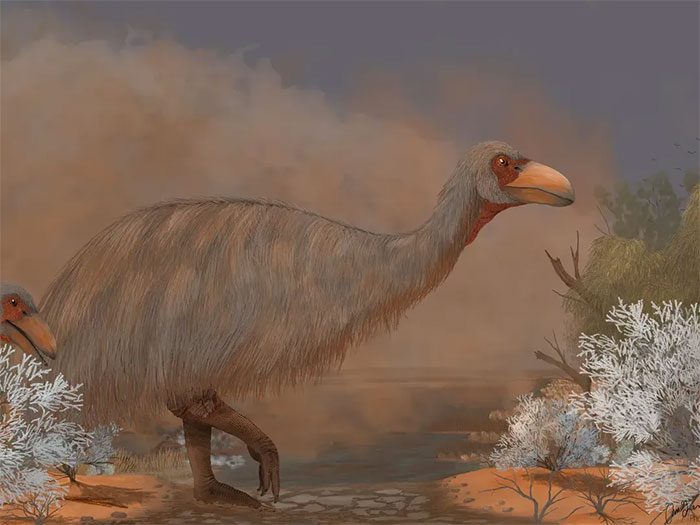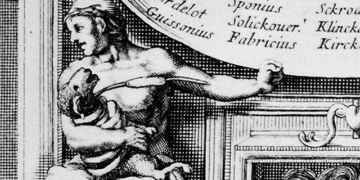Centuries ago, Earth was home to gigantic creatures, including the Demon Ducks of Doom. These flightless birds stood 2 meters tall and weighed 200 kg.

Demon Ducks of Doom
Recently, a report in the journal PNAS revealed that despite their extinction, the impact of this species is still felt today. Going back 40 years, scientists unearthed the remains of several giant prehistoric eggs hidden in the sand dunes of southern Australia. Since then, a heated debate has erupted over the true origin of these eggs.
The latest research indicates that these 50,000-year-old eggs, which are 20 times heavier than an average chicken egg, belonged to the last duck species of megafauna (also known as dromornithids), named Genyornis newtoni. Genyornis was a herbivorous, flightless bird with a mass and size comparable to the Demon Duck.
To date, while some researchers worldwide assert that these giant eggs must belong to Genyornis, others believe they came from a large-footed bird resembling a chicken, known as Progura, which belongs to the megapode family and weighed only 5 to 7 kg. Compared to Genyornis, the Progura appears as small as a child.
“However, our analysis of the protein sequences from the eggs shows that the eggshells could not have come from megapodes or the Progura bird,” said Josefin Stiller, a researcher and associate professor at the University of Copenhagen.
In other words, DNA analysis is a crucial step in answering the question of which bird species these 50,000-year-old eggs belonged to. By grinding the eggshells into powder, researchers found proteins within them, then extracted fragments and assembled them in the correct order, using artificial intelligence (AI) for genetic coding. Finally, they compared it with the genetic codes of over 350 living bird species.
“We used our data from the project containing the genomes of all major bird lineages to reconstruct the group to which the extinct bird might belong,” Stiller explained.

Genyornis newtoni
From this research, the team concluded that the eggs could not have been laid by a megapode, and the hypothesis that the doppelganger chicken Progura laid the 50,000-year-old eggs is impossible.
“We are excited to successfully conduct an interdisciplinary study, where we used protein sequence analysis to illuminate the evolution of animals,” Collins shared.
Moreover, the connection between these eggshells and the giant Genyornis could even help scientists understand human evolution. Particularly because other studies have shown that prehistoric humans cooked and ate the giant eggs of Genyornis, these new details provide “insight into the multifaceted interactions between humans and their environment.”
This could include the timing of species extinctions and perhaps even the role of humans in those extinctions, as humans hunted bird eggs for food.
However, according to the study’s authors, “the debate over the taxonomic identification of the eggs harvested by the first Australians around 50,000 years ago has been resolved.”





















































